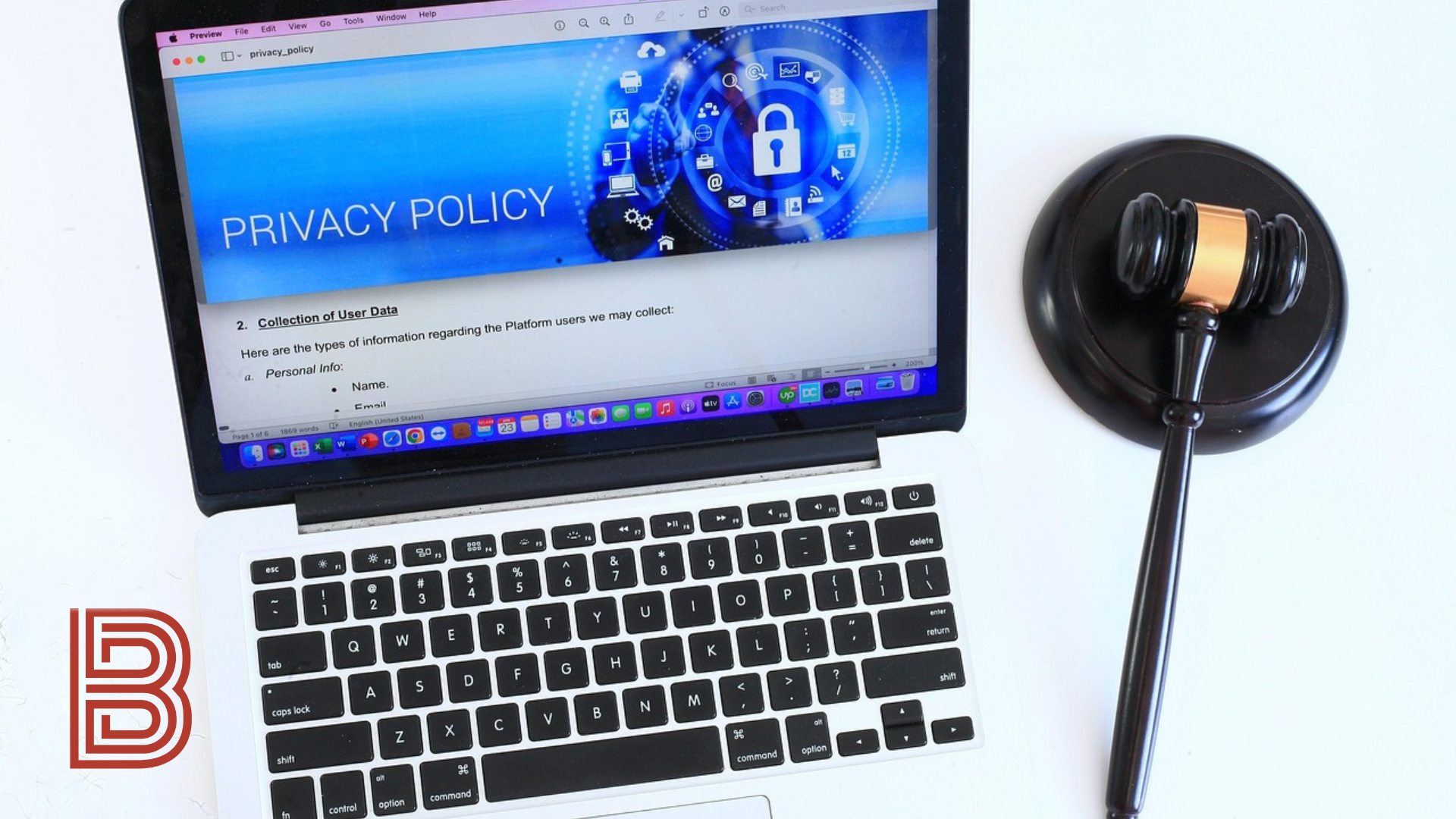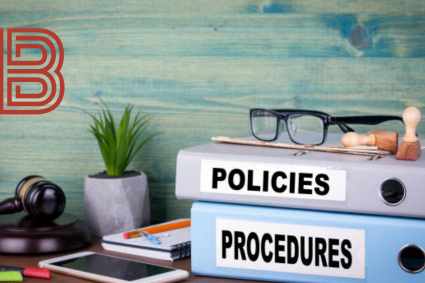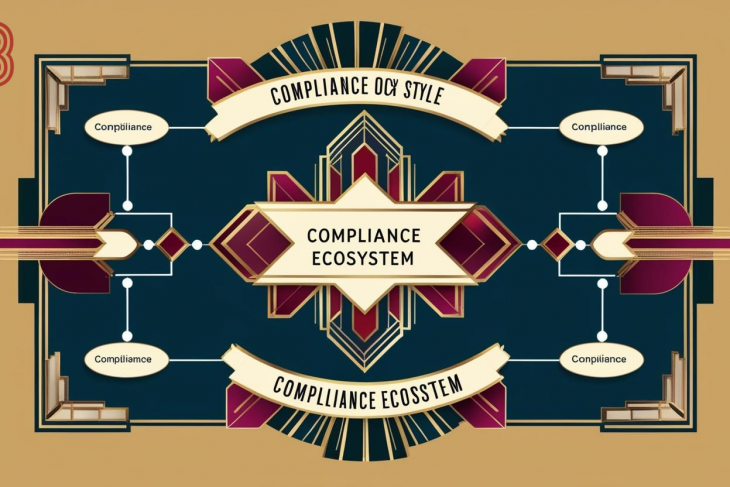
Introduction
Risk management is a critical function in every organization, regardless of its size, industry, or location. It involves the identification, assessment, and prioritization of risks followed by the coordinated application of resources to minimize, monitor, and control the probability or impact of unfortunate events. Among the several phases of risk management, risk identification stands as the cornerstone of the entire process. Without accurately identifying potential risks, an organization cannot prepare for or mitigate them effectively.
Identification policies refer to the formalized procedures, rules, and frameworks that guide how risks are detected, categorized, and documented. These policies provide structure and consistency in recognizing threats to an organization’s objectives and help in laying a foundation for risk assessment and mitigation strategies.
The Importance of Risk Identification
Risk identification is the first and most essential step in the risk management lifecycle. Its success or failure significantly impacts the subsequent processes—risk analysis, evaluation, mitigation, and monitoring. Identification policies ensure that organizations can:
Recognize potential threats early: This allows for proactive responses instead of reactive crisis management.
Prioritize risks: Some risks have greater potential impacts than others, and identification helps in ranking them.
Ensure compliance: Regulations often require specific risks to be identified and managed, especially in sectors like finance, healthcare, and energy.
Allocate resources effectively: Knowing which risks are most threatening helps in allocating budget, personnel, and time efficiently.
Improve strategic decision-making: By understanding risks early, organizations can make informed decisions on projects, partnerships, and investments.
Components of Risk Identification Policies
Risk identification policies typically include the following components:
1. Scope and Objectives
Defines the boundaries of risk identification (e.g., operational, financial, strategic risks).
Clarifies the goals of the risk identification process.
2. Roles and Responsibilities
Specifies who is responsible for identifying risks (risk managers, project managers, department heads, etc.).
Defines the escalation process for reported risks.
3. Methods and Techniques
Outlines the tools and approaches to be used (e.g., brainstorming, checklists, SWOT analysis).
4. Documentation and Reporting
Establishes guidelines for recording identified risks and sharing them with stakeholders.
5. Review and Update Mechanism
Includes timelines and procedures for regularly reviewing and updating risk identification processes.
6. Integration with Risk Management Framework
Ensures that identification policies are aligned with broader risk management and corporate governance frameworks.
Frameworks and Standards for Risk Identification
Various global standards and frameworks guide risk identification and overall risk management. These include:
1. ISO 31000: Risk Management – Principles and Guidelines
This international standard outlines principles and guidelines for effective risk management. It emphasizes risk identification as a key step and encourages an integrated, structured approach using a combination of tools and stakeholder input.
2. COSO ERM Framework
The Committee of Sponsoring Organizations of the Treadway Commission (COSO) provides an Enterprise Risk Management framework that includes identifying events with potential negative or positive impacts on organizational goals.
3. NIST Risk Management Framework
Used primarily in information security, this U.S. government framework emphasizes identification of information system-related security risks through a structured approach.
4. PMBOK (Project Management Body of Knowledge)
Developed by the Project Management Institute, this includes risk identification as part of project risk management and offers tools like checklists, documentation reviews, and expert judgment.
Techniques for Risk Identification
Various tools and techniques can be applied as part of an identification policy. These can be broadly categorized into qualitative and quantitative methods:
Qualitative Techniques
a. Brainstorming
Teams generate a list of potential risks based on collective experience and knowledge.
b. Interviews
Individual or group interviews with subject matter experts, clients, and stakeholders.
c. Checklists
Predefined lists of potential risks based on historical data and industry benchmarks.
d. SWOT Analysis
Examines strengths, weaknesses, opportunities, and threats to identify both internal and external risks.
e. Root Cause Analysis
Identifies the fundamental causes of potential risks, helping to foresee ng threats.
f. Delphi Technique
A structured communication technique where a panel of experts answers questionnaires in multiple rounds to reach a consensus on potential risks.
Quantitative Techniques
a. Data Analysis
Uses historical data and statistical methods to identify patterns and risk indicators.
b. Monte Carlo Simulation
Evaluates the impact of risks through simulations and probability distributions.
c. Fault Tree Analysis
A top-down, deductive failure analysis used to identify the root causes of undesired events.
d. Failure Mode and Effects Analysis (FMEA)
Systematically identifies potential failure points in processes, products, or systems.
Organizational Roles in Risk Identification
Effective risk identification requires collaboration across all levels of an organization. A policy should clearly define who is responsible for what:
Executive Management: Sets the tone at the top and ensures that identification is a strategic priority.
Risk Management Team: Develops policies, facilitates identification sessions, and maintains the risk register.
Department Heads: Identify risks specific to their functional areas and escalate them.
Project Managers: Monitor project-specific risks.
Internal Audit: Reviews the comprehensiveness of risk identification processes.
All Employees: Encourage a culture where everyone is responsible for raising risk concerns.
Sector-Specific Risk Identification
Risk identification policies must be tailored to the specific risks inherent in different industries:
1. Financial Sector
Focus on market risk, credit risk, liquidity risk, and regulatory compliance.
2. Healthcare
Risks related to patient safety, data privacy (HIPAA), and clinical operations.
3. Construction
Project delays, cost overruns, equipment failure, and safety hazards.
4. Information Technology
Cybersecurity threats, data breaches, and system failures.
5. Manufacturing
Supply chain disruptions, equipment malfunction, and regulatory compliance.
Each of these sectors requires specialized identification policies, methodologies, and expertise to effectively manage their unique risk profiles.
Common Challenges in Risk Identification
Despite its importance, many organizations struggle with risk identification. Common challenges include:
1. Lack of Awareness
Employees may not be trained or informed about what constitutes a risk.
2. Siloed Information
Departments often work in isolation, leading to an incomplete risk picture.
3. Cognitive Bias
Decision-makers may overlook risks due to overconfidence or groupthink.
4. Insufficient Data
Lack of historical data or access to accurate data can hinder identification.
5. Changing Risk Landscape
New threats (e.g., cyber threats, climate change) require constant adaptation.
6. Over-Reliance on Past Events
Using historical risks alone may cause ations to miss emerging threats.
Best Practices for Effective Identification Policies
To maximize the effectiveness of risk identification policies, organizations should consider the following best practices:
1. Embed Risk Culture
Foster a culture where employees at all levels are encouraged to identify and report risks.
2. Use a Variety of Tools
Combine both qualitative and quantitative tools to cover all risk dimensions.
3. Leverage Technology
Use software solutions like risk management information systems (RMIS) for real-time identification and tracking.
4. Ensure Continuous Monitoring
Risk identification should not be a one-time activity but an ongoing process.
5. Engage Stakeholders
Include input from all relevant stakeholders, including suppliers and omers, to identify external risks.
6. Scenario Planning
Use hypothetical scenarios to brainstorm possible future risks.
7. Update Policies Regularly
Policies should be dynamic and reflect changes in business strategy, operations, and external environments.
Case Study: Risk Identification in a Multinational Corporation
Consider a multinational corporation (MNC) in the consumer goods sector. Its identification policy includes:
Quarterly risk workshops in each business unit.
A centralized risk register maintained by the enterprise risk management (ERM) team.
Use of key risk indicators (KRIs) for early warning.
Collaboration with external consultants for geopolitical and market analysis.
Incorporation of AI tools to scan media and supply chain data for emerging risks.
As a result, the company was able to anticipate a supply chain disruption due to a olitical conflict and proactively adjusted its procurement strategy, avoiding major losses.
The Future of Risk Identification
As the risk landscape continues to evolve, risk identification will increasingly rely on:
Artificial Intelligence & Machine Learning: AI tools will analyze large datasets to detect early signs of risks.
Predictive Analytics: Moving from reactive identification to predictive capabilities.
Integrated Risk Management Platforms: Centralizing risk data across business functions and geographies.
Cross-Industry Collaboration: Sharing risk intelligence across organizations and sectors.
ESG and Sustainability Risks: Identifying non-financial risks related to environment, society, and governance will become central.
Summary
Risk identification policies form the foundation of any effective risk management strategy. By systematically recognizing potential threats, organizations are better positioned to protect assets, achieve objectives, and gain a competitive edge. These policies must be well-documented, dynamic, and embedded in the organizational culture.
Through the use of robust frameworks, diverse identification techniques, clear responsibilities, and modern technologies, businesses can enhance their resilience and sustainability. However, to keep pace with a rapidly changing world, organizations must continuously evolve their risk identification processes—viewing them not as a compliance requirement, but as a strategic enabler of long-term success.




















